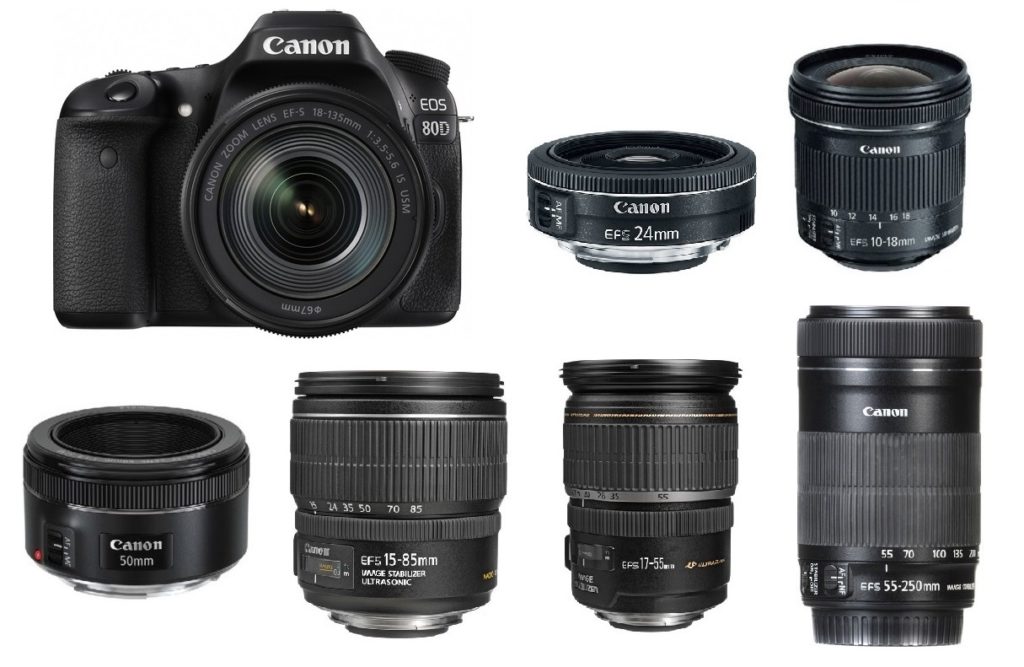https://blog. emania. com. br/profissao-fotografo-os-desafios/ For whom is this article?
Introduction to the topic
What would become of photographs if there were no quality cameras and lenses?
To photograph well, you need to understand how light works and how to capture it. Without light, there would have been no photography.
If you’re looking to better understand the colors and lights that strongly influence the outcome of a good photograph, check out the tips of the day!
In this article you will discover
Light is the result of a phenomenon caused by electromagnetic waves, which act in the time interval of each wave from infrared to ultraviolet, thus generating this beautiful visual effect.
For the photographer, the visible light corresponds to the length range before the waves that the human eye can see, in the ratio of 380 nm to 700 nm.
Differences in visible light wavelengths can also be considered color differences and are called spectrum, the continuous description.
The electric light or sunlight that we see daily, is a mixture of colors produced by the lights, which have different wavelengths, in this case it is not possible to distinguish specific colors, the light that contains uniformity in all wavelengths and reaches visual light is called white light.
Although only part of the spectrum has the ability to allow the human eye to detect nearly white light, citing an example of the TV screen, which has 3 types of wavelength to generate white tones, these are: blue, green and red colors.
Lights whose wavelengths are outside the visible spectrum, i. e. from the human spectrum, are lights considered invisible to the eyes.
Lights with shorter wavelengths, on the other hand, are called ultraviolet lights because they are outside the purple end of the spectrum.
Although the lights are longer, they are called infrared lights because they are located outside the red end of the spectrum.
Can only visible lights be photographed?
In fact, only visible light can be used for ordinary photography, although Canon cameras have a higher sensitivity, generating prettier photos, and therefore the image sensor that has the feature of detecting infrared and ultraviolet rays, can also cause shadows. In case the filter must be connected to the image sensor, to block the wavelengths of these rays that are not easily perceived.
The light produced by cameras and lenses has four physical characteristics: refraction, dispersion, reflection and diffraction.
Refraction occurs when light must travel in a vacuum or when air passes from one object or material to another, for example: glass or water, so light will change direction, so this phenomenon is called refraction.
In scattering, light will act according to wavelength, i. e. when white light, which is actually a mixture of lights of different wavelengths, passes through a prism, this creates a spectrum of colors that undergoes a scatter. it produces a rainbow of colored lights and is therefore called scattering because it manages to scatter the shadows.
Reflection occurs when light comes into contact specifically with a smooth surface and is reflected from the same angle, as is common for seeing visual shadows in many photos.
In diffraction, the phenomenon occurs when light needs to face an obstacle, i. e. it passes through one end, an obstacle that is considered a crack (so it deflights), then the light continues to overcome this obstacle and pass behind the crack. , as if it were a wave, thus reaching different areas.
The human eye is a spectacular organ, which allows a certain sensitivity to both the colors and the light emitted, when the light reaches the eye, the iris adjusts this amount, focusing on the lens, so that the image begins to form in the eye. Retina.
Thus, light is perceived by many visual cells, which send electrical signals to the brain, through the so-called optic nerve, in this way the body processes the information received from the image to be recognized, that is, visible.
Cells called cones are responsible for color recognition and can also be divided into three categories depending on different formats. In this already evoked sensitivity distribution, and in relation to the visible light spectrum, humans can recognize this difference in stimulus values in the face of the three types of conical cells, as well as color differences.
Stick cells have no role in color vision, but they are also very sensitive to light, more than cone cells, and therefore have a responsibility to recognize brightness.
In conditions where the best lighting, such as during the day, humans look at objects, uses the function of conical cells.
When the environment darkens, the tendency is for humans to be able to capture brightness through its brightness.
This is where the role of cane cells comes into play, which supports the condition of seeing the environment and everything around it, even when there is little light. In this case, the poles work in front of the cones, precisely to allow you to see the images. For this reason, it is impossible to recognize colors in dark environments.
Conclusion
Understanding how colors and lights are treated to enhance photography is a strategy of excellent photography professionals and therefore it is necessary to pay attention to the relevant information about!
See future articles for more information on
Love and share and see you next time!

